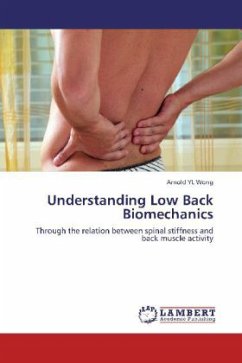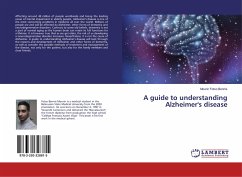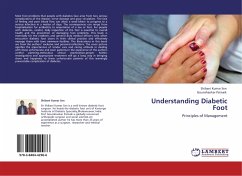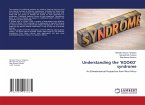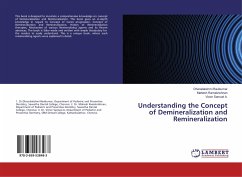Approximately 60-80% of people experience low back pain at least once in their lifetime. Given the poor correlation between radiological findings and low back pain, physicians and physiotherapists usually palpate patients with low back pain to assess the severity of back pain and to make differential diagnosis. However, this clinical assessment has been criticized for its subjectivity and low reliability. This book includes comprehensive reviews on different spinal stiffness assessments and paraspinal surface electromyography, as well as two empirical studies using state-of-the-art technology to investigate the relation between spinal stiffness and back muscle activity. The results of these studies revealed that there was a directional specific relation between the two in healthy individuals. The results help develop a new method that may improve the accuracy of back assessment in clinical practice. This book proivdes up-to-date information on spinal research for both researchersand clinicians.
